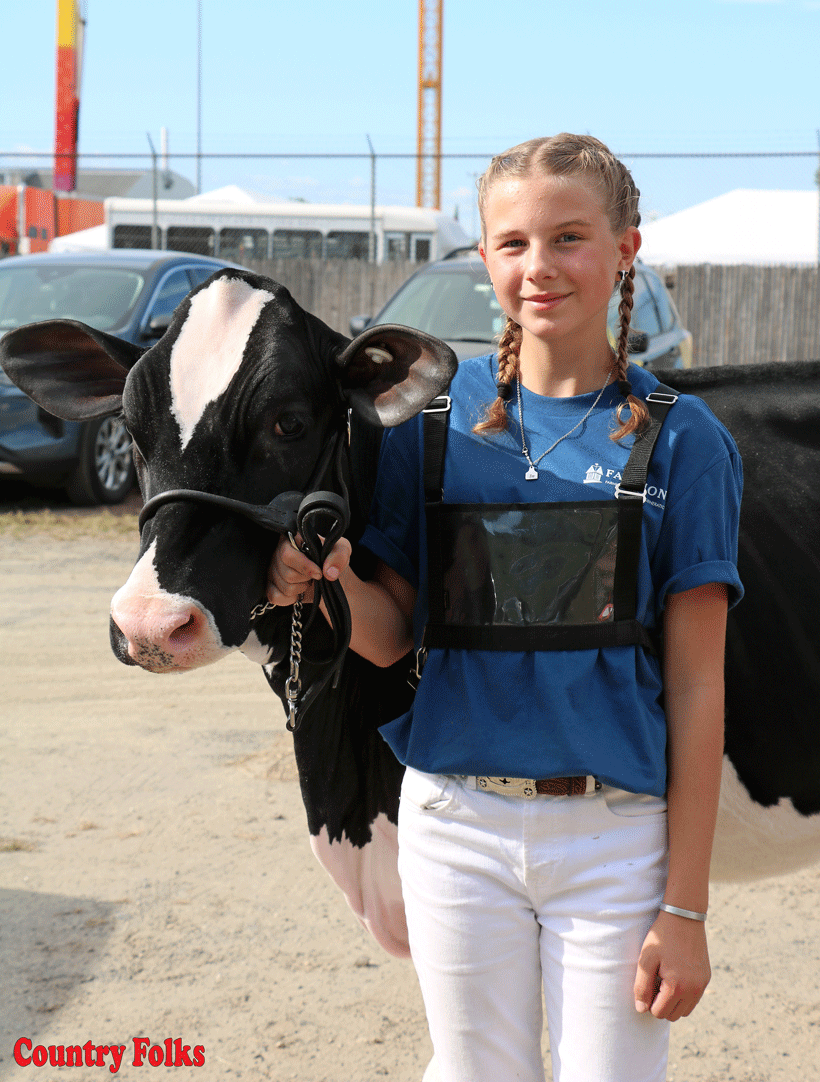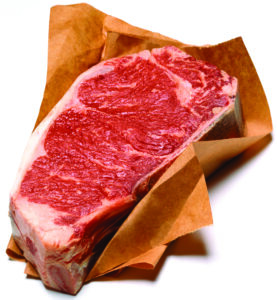Everyone knows that Ben & Jerry’s makes delicious ice cream, but most people are not aware of all the environmental and sustainable work they do behind the scenes.
Ben & Jerry’s operates on a three-part mission that consists of creating a high-quality product, maintaining a financially sustainable and growing business and reducing environmental degradation while supporting sustainable and safe methods of food production.
Ben & Jerry’s created the Caring Dairy program, which includes standards for the environment, labor and animal care. This program helps connect Ben & Jerry’s with dairy farmers and support them in adopting sustainable farm practices. One of the most recent additions to Caring Dairy was the introduction of the Low-Carbon Program.
Rebecca Manning is the coordinator for Ben & Jerry’s Low-Carbon Dairy Program, which began in 2022 and will run until the end of 2025. The company decided to add a focus on low-carbon emissions when they realized that more than 75% of their greenhouse gas emissions were made from their ice cream ingredients and product packaging.
In the media, dairy is often portrayed as a large part of the greenhouse gas emissions problem. Manning believes that by working with the farmers, “we can change the headlines” and show that dairy “can be part of the solution.”
The program goal is to reduce on-farm greenhouse gas footprints by 50% below the industry average while also “optimizing the farm productivity and financial performance.”
There are 17 participating farms in the Low-Carbon Dairy Program. Ten are located in the Netherlands; the remaining seven are located in northern Vermont. Each farm’s greenhouse gas emissions were measured and adjusted within seven intervention areas: enteric emissions, manure management, regenerative agriculture, nutritious homegrown feed, renewables, animal welfare and longevity and nature and biodiversity.
Enteric emissions, which occur naturally during rumination, accounted for nearly 50% of the greenhouse gas emissions on the farms. Since we don’t want to reduce the amount of time a cow ruminates, the Ben & Jerry’s program is looking at different methane-reducing feed additives to lessen enteric emissions.
Manure is the second largest culprit for farm greenhouse gas emissions, but it’s different to control as manure technology is expensive and labor-intensive.
To work toward regenerative agriculture, the farms are being encouraged to rotate their crops, utilize cover crops and work toward no-till procedures. Ben & Jerry’s has been working with their farms to renovate their perennial grasslands to “increase the quantity and the quality of the feed available to the cows,” according to Manning. The farms are focusing on nutritious homegrown feed by improving their feed storage, closely monitoring forage quality and dry matter and frequently pushing up the feed.
The program also prioritizes renewables, such as making improvements as needed and conducting audits. Novus International, an American animal health and nutrition company, conducted a cow assessment on each farm to prioritize animal welfare and longevity, and the farms utilize the Cool Farm Tool to accurately monitor their carbon footprint.
With this Low-Carbon Dairy Program coming to a close, Manning has noticed that some of the seven intervention areas overlapped quite significantly, making it difficult to pinpoint which category an improvement was targeting. Although the program is not perfect, Manning has seen lots of positive change through it. She’s noticed “increased water capacity in these fields,” “increased aggregate stability in the physical soil health” and “organic matter, soil respiration and active carbon in the biological soil health.”
The farms in the Caring Dairy Program have created many positive examples for other dairy farmers throughout the world. When compared to the farms’ carbon footprints in 2022, they have averaged a 16% reduction in their footprints since 2015.
There is still more we can all do to reduce our carbon footprint, and Ben & Jerry’s is a leading example of how to make that change a reality.
by Kelsi Devolve











Leave A Comment